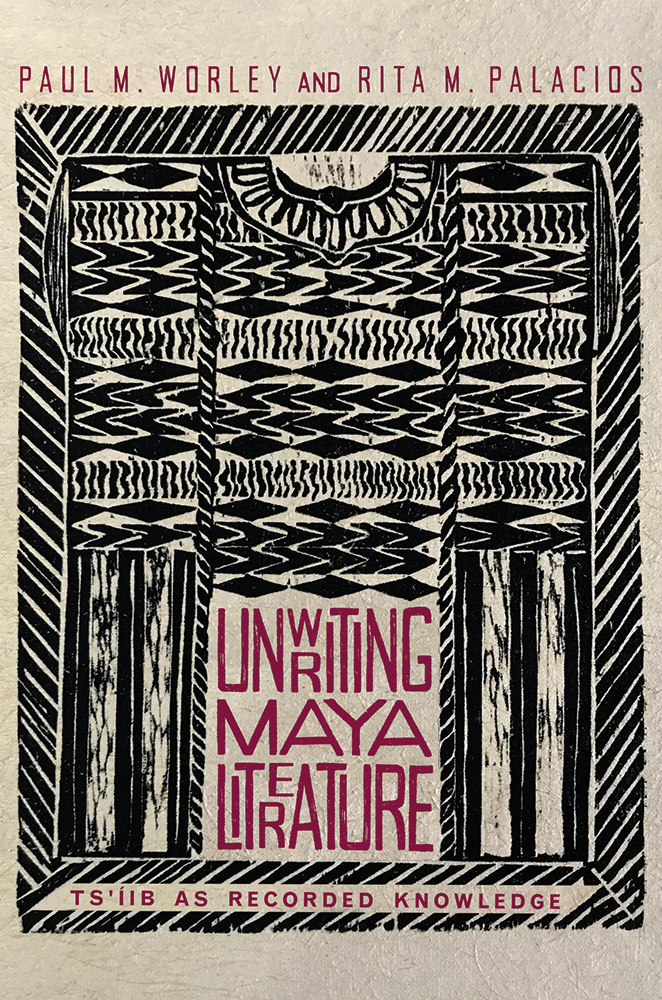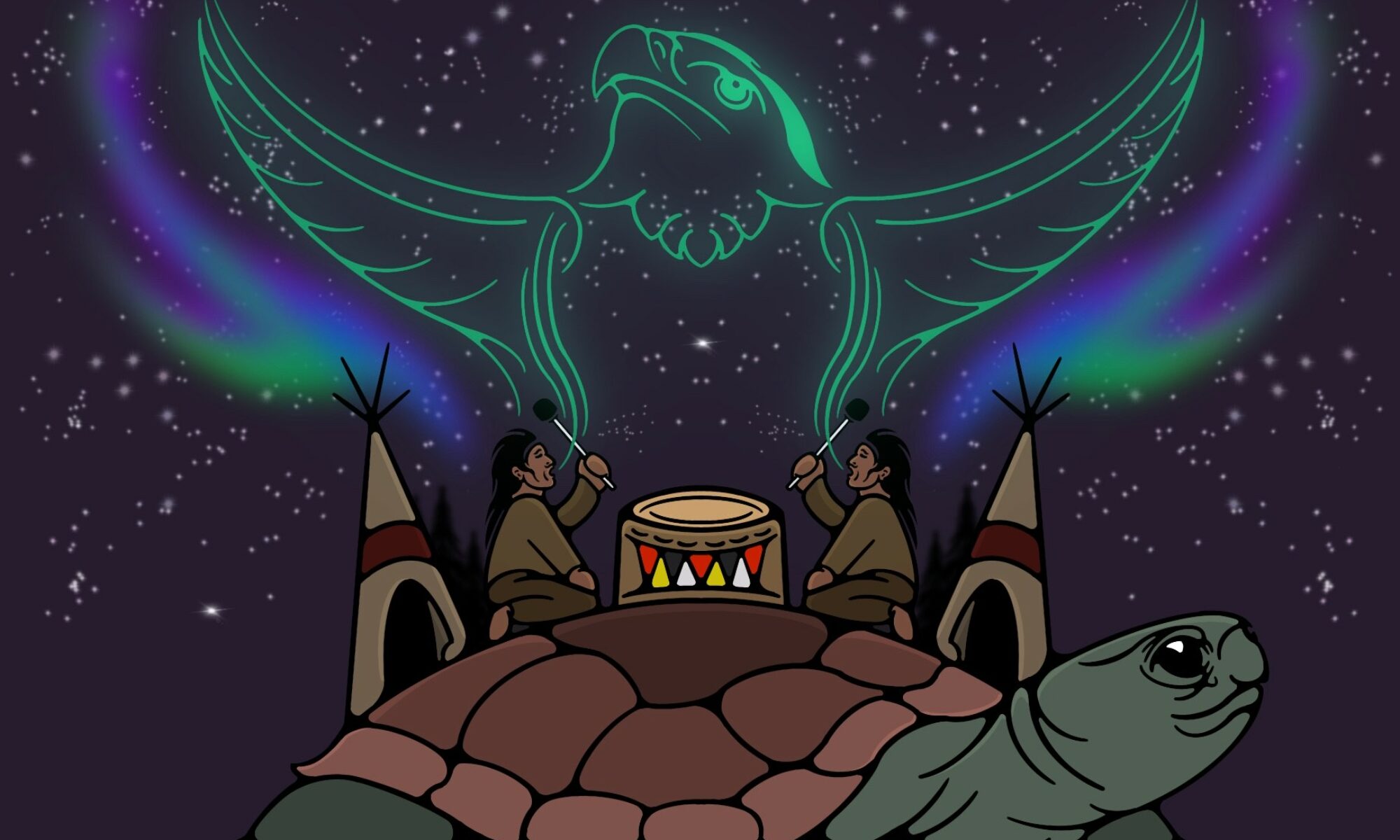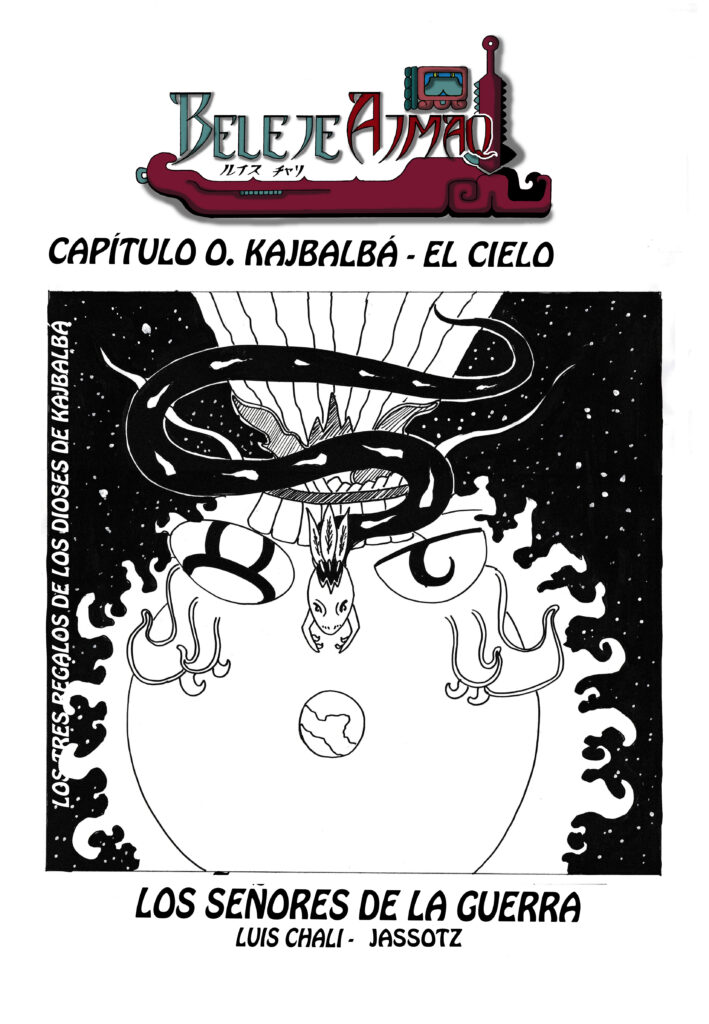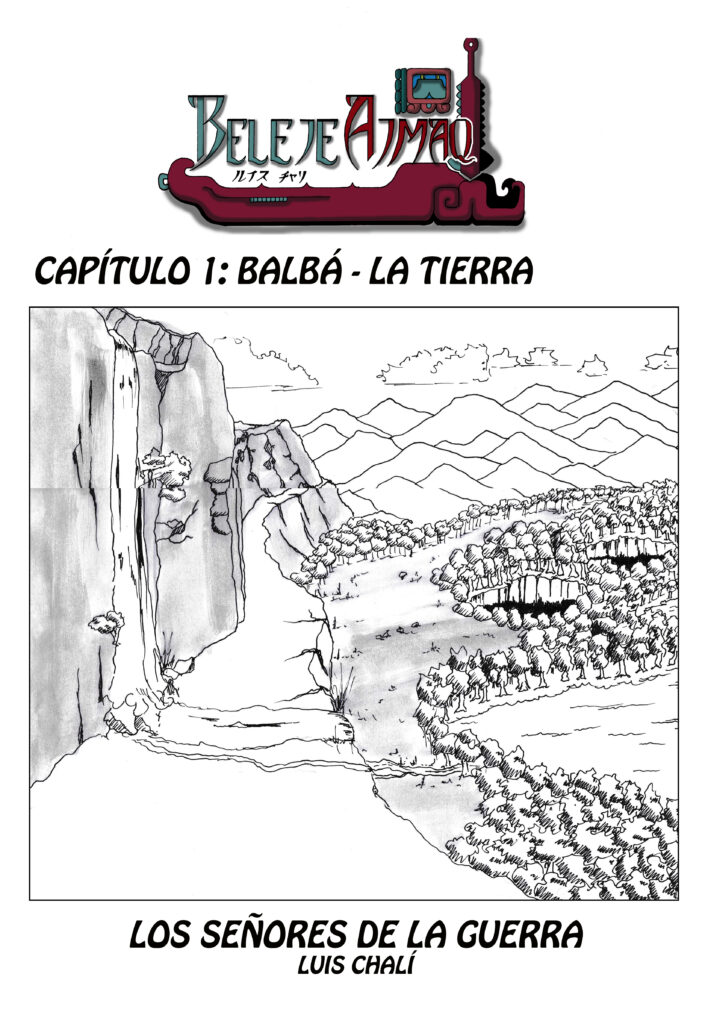Introduction and selection © Rita Palacios
Luis Chalí (1989) lives in Chi Xot (San Juan Comalapa, Chimaltenango) and he is the author of the Maya comic book Beleje Ajmaq. Through the comic, Chalí speaks from Maya culture itself, reevaluating history and opening up spaces to be able to dream and participate in a dynamic project that both writes and creates history.
The Maya comic book Beleje Ajmaq (9 sins, 9 pardons) is the creation of Chi Xot artist Luis Chalí. In the comic, the artist creates an entire universe ruled by powerful beings that inhabit and move across the three strata of existence: Xibalbá (the underworld), Balbá (the earth) and Kajbalbá (the sky). The characters, places, events, and languages in the comic flow between fiction and history to create a multiplicity of worlds and realities from a Maya perspective. Chalí’s proposal consists of abandoning incorrect, racist, or romantic ideas about the Maya world, and instead he presents his own twenty-first-century vision inspired by Japanese manga, and reconstructs vital moments in the history of Maya peoples.
Chalí has conceived of nine sagas that correspond to nine key historical moments. In the year 2012, in response to the supposed end of the world as predicted by New Age Mayanists, he unveiled saga number five, the first of the nine to be published, Los señores de la guerra (The Lords of War). Chalí began in the middle, with saga number five, quite deliberately, paying homage to the tradition of comic-book story development and allowing for the possibility of prequels and sequels. Currently, 13 of 42 chapters of Los señores de la guerra are available in print. This saga looks at the conflict between Ajawarem, the Motul (Tikal) and Calakmul kingdoms. The saga begins with the creation of humankind from corn, shaped by hands by the grandmothers and grandfathers. In the chapters that follow, he introduces other characters, conflicts, weapons, war strategies, and a unique language, Kaqchikomon.
The characters of Beleje Ajmaq are directly inspired by the behaviour and sensibilities of people in Chalí’s community. Most recently, thanks to an online call for volunteers, the artist created a number of characters modeled after real-life people, from Dxkanob, a beautiful white cat, to friends and supporters who want to see themselves in the comic book. The project goes beyond a physical representation of the model; Chalí is interested in capturing the models’ personalities to bring them to life in the rich universe of the comic.
Los señores de la guerra is an introduction to the fantastic world designed by Chalí. Each element has a clear objective, a logic, and a unique function: starting with the simple gesture of beginning the saga with chapter zero, given the importance of this number in Maya mathematics; to changing readerly practices starting in chapter one, where the format of the comic book resembles a codex; to the use of Kachikomon, a hybrid language that originates from contemporary Maya Kaqchikel language that does not follow formal grammar rules from language academies; to the narrators, whose role is to introduce key information throughout each saga. Chalí, architect and engineer of Beleje Ajmaq, takes on an immense project that relies on Maya imagination, history, aesthetic, and cosmovision as its pillars to envision a past and write in the present in order to imagine a future.
Follow Luis Chalí on Facebook:
More about Rita Palacios:
Rita holds a doctorate in Spanish with a specialization in Latin American Literature from the University of Toronto. She is a professor of languages in the School of Liberal Studies at Conestoga College in Kitchener, Ontario. Her research examines contemporary Maya literature from a cultural and gender studies perspective. She recently co-authored a book Unwriting Maya Literature: Ts’íib as Recorded Knowledge (March 2019) with Paul M. Worley, in which they privilege the Maya category ts’íib over constructions of the literary in order to reveal how Maya peoples themselves conceive of cultural production.
Visit her at https://ritampalacios.com
More about tz’ib’ and Maya textualities



